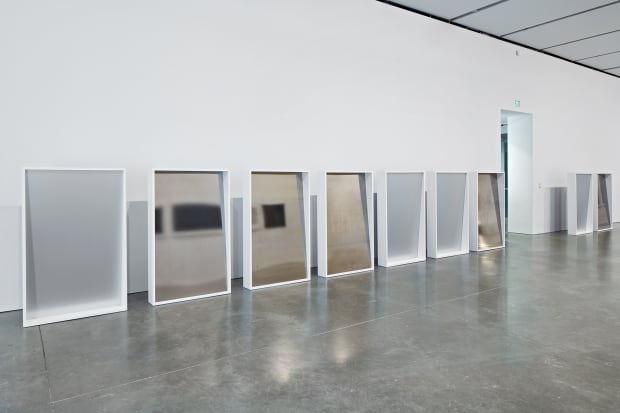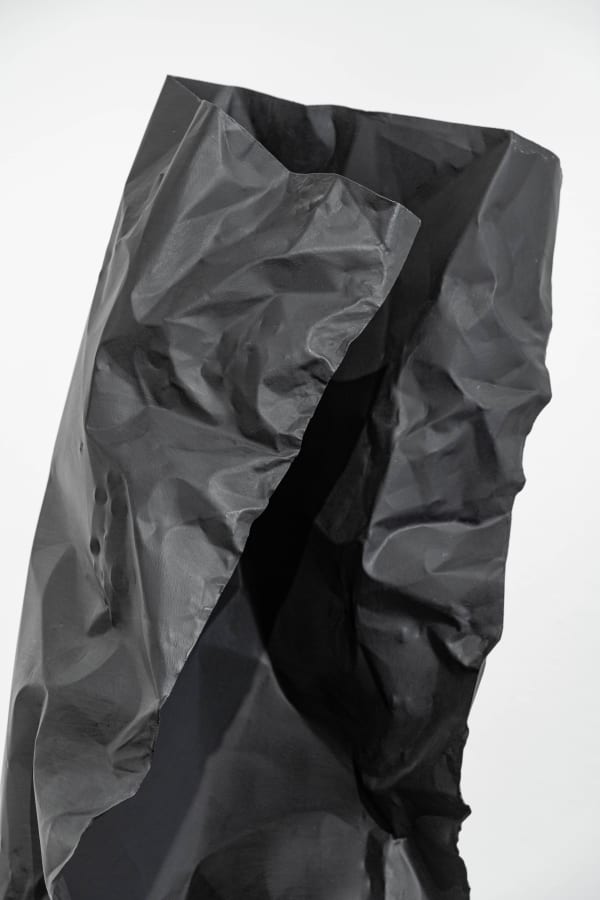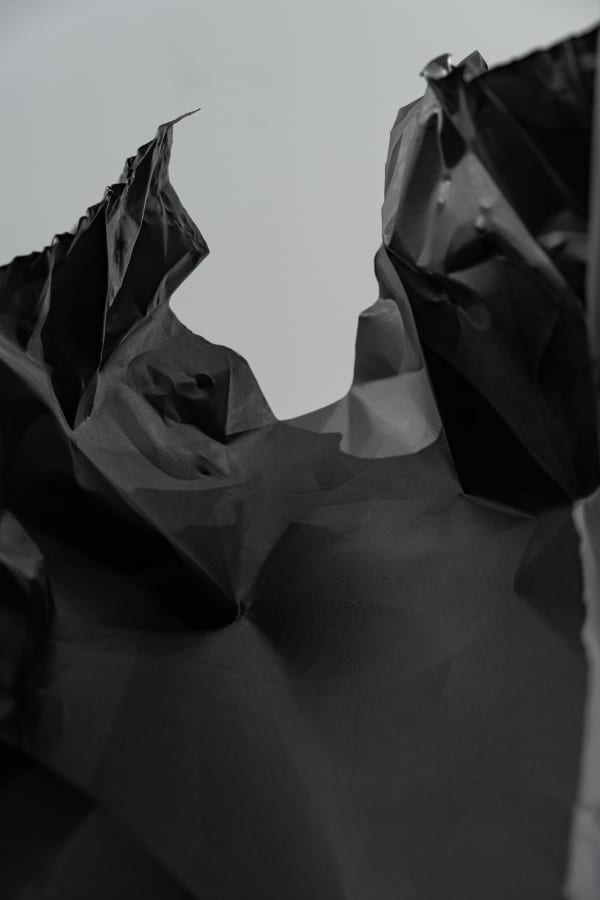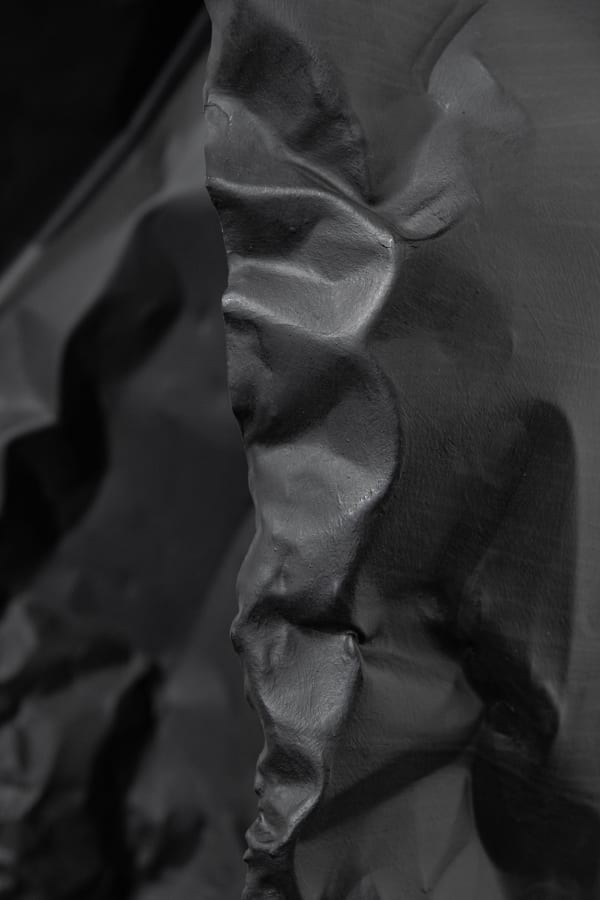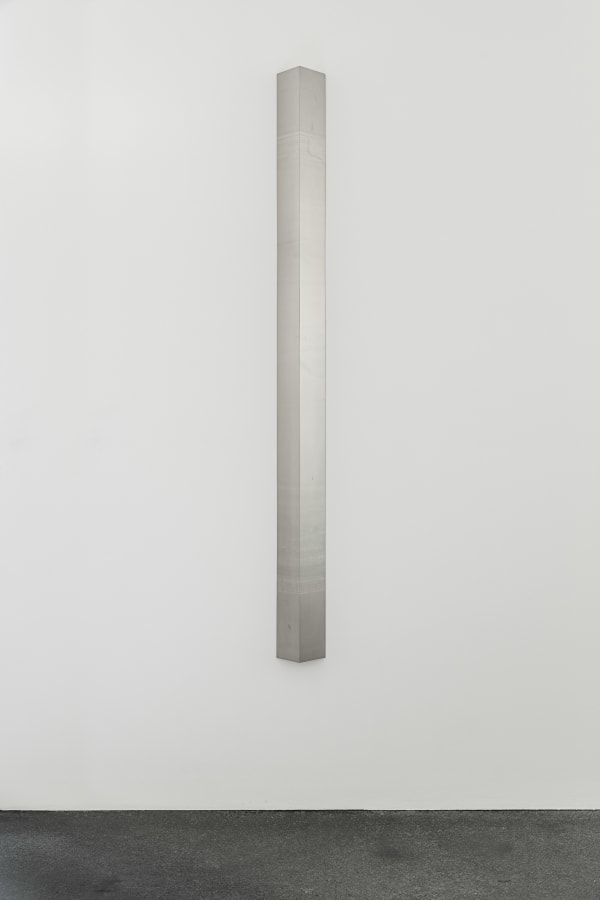-
a changing ratio
Rosemarie Castoro and Liz Deschenes -

-
Liz Deschenes
-

-
-
-

-
-
-

-
Video "Liz Deschenes", Institute of Contemporary Art ICA, Boston (2016)
-
Rosemarie Castoro
-

-

-

-
-

-
-

-
-
-

-
Video "Rosemarie Castoro | Time = space between appointment and meeting" , MAMCO, Geneva (2019)
-
Artworks of the exhibition
-


